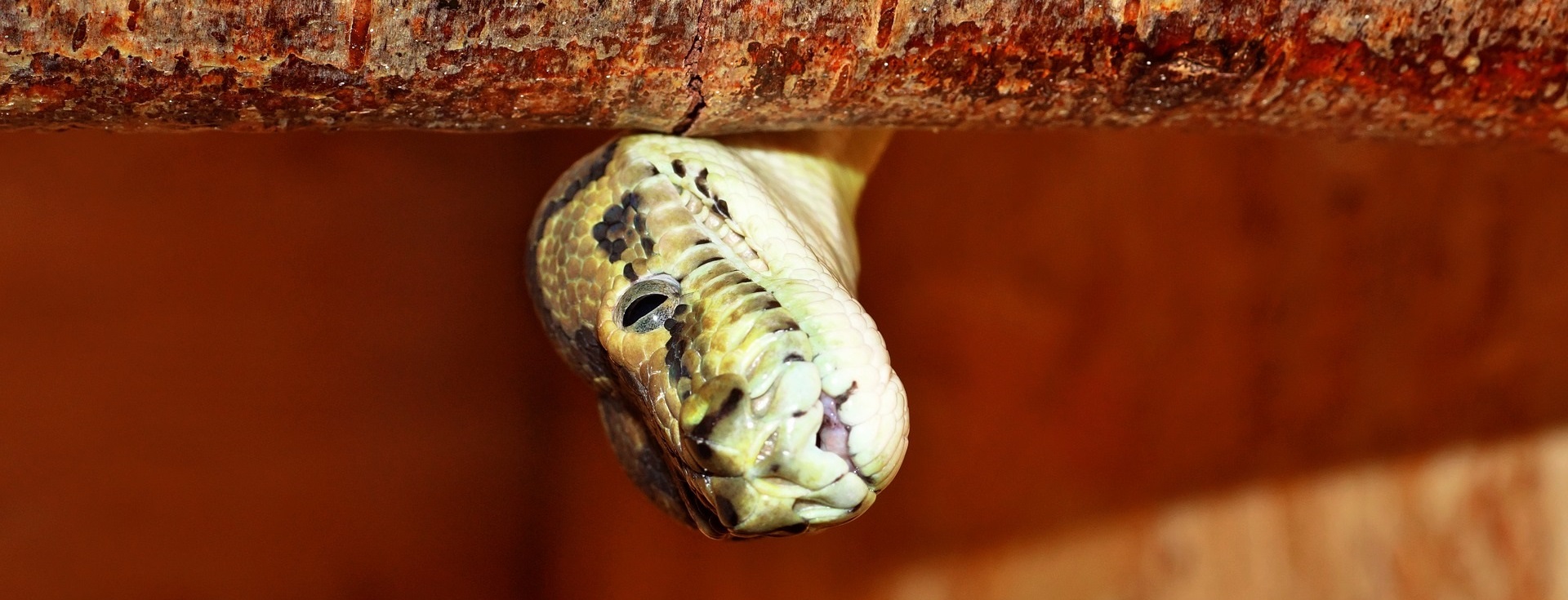
Are there snakes at Uluru?
Written by: Cameron Ward
Published: 11/01/2019
Reading time: 3 mins
Dingoes and spiders and snakes, oh my! Australia is known for its weird, whacky and sometimes dangerous wildlife, so what should you keep an eye out for when visiting Uluru?
Australia has a pretty gruesome reputation when it comes to our snakes. Sure, Australia might be home to the two most venomous snakes in the world, and yeah, a whole lot of the top 20 also live down under but the reality is snakes are just not that scary here!
Australian snakes are shy, and generally are more scared of you than them. Annually, Australia wide, there are only two deaths as a result of snake bites! Of those who get bitten each year, less than 0.0036% die. If that doesn’t make you feel better, Uluru-Kata Tjuta National Park is home to 13 species of snake, but two are non-venomous and three are blind, so that’s good! That said, you should always be cautious of snakes. Cautious, but not alarmed. Keep an eye out for them, leave the alone and you’ll be fine.
When exploring Uluru-Kata Tjuta National Park you should always keep an eye out for potentially dangerous critters and be aware of how to respond if you do come across one.
-
Liru (King Brown or Mulga Snake)
Despite its name and colour, the King Brown Snake is a member of the black snake family. It is widely known as the world’s most venomous snake and can be identified by its flat head, smooth snout and 3mlong body. Despite its high venom potency, King Brown’s eat mostly lizards, birds and frogs. If you come across one, remain calm and keep your distance. Be patient and wait for it to decide to move. Like most snakes they will generally only bite if disturbed, so patience and quiet is key.
-
Kuniya (Woma Python)
Woma Pythons are a smaller snake, growing only up to 1.5m in length. You are unlikely to see them in the day as they are nocturnal, however if walking at night you should keep an eye on the ground for them. They catch their prey in burrows and often spend the days under logs or leaves to keep cool. Woma’s are non-venomous, however a bite is painful and may result in swelling and short-term pain.
-
Panakura (Desert Death Adder)
Talk about a scare tactic! Who decided that Death Adder was a good name for any animal? The Desert Death Adder is a sit and wait predator. It camouflages itself and uses its thin tail to imitate a worm, waiting for its prey to try to eat it. They are extremely venomous and easily identifiable by their short stocky body and flat head.
Despite a common belief that snakes rule Australia, it’s most likely that you wont even see one on your visit to the Northern Territory. Though dangerous, Australia’s snakes are shy and are just as scared of you as you are of them. By being snake aware, and ensuring you don’t disturb these creatures if you do come across one you, you’ll ensure the safety of both you and these incredibly cool creatures.
Related article: What animals can you see at Uluru?










